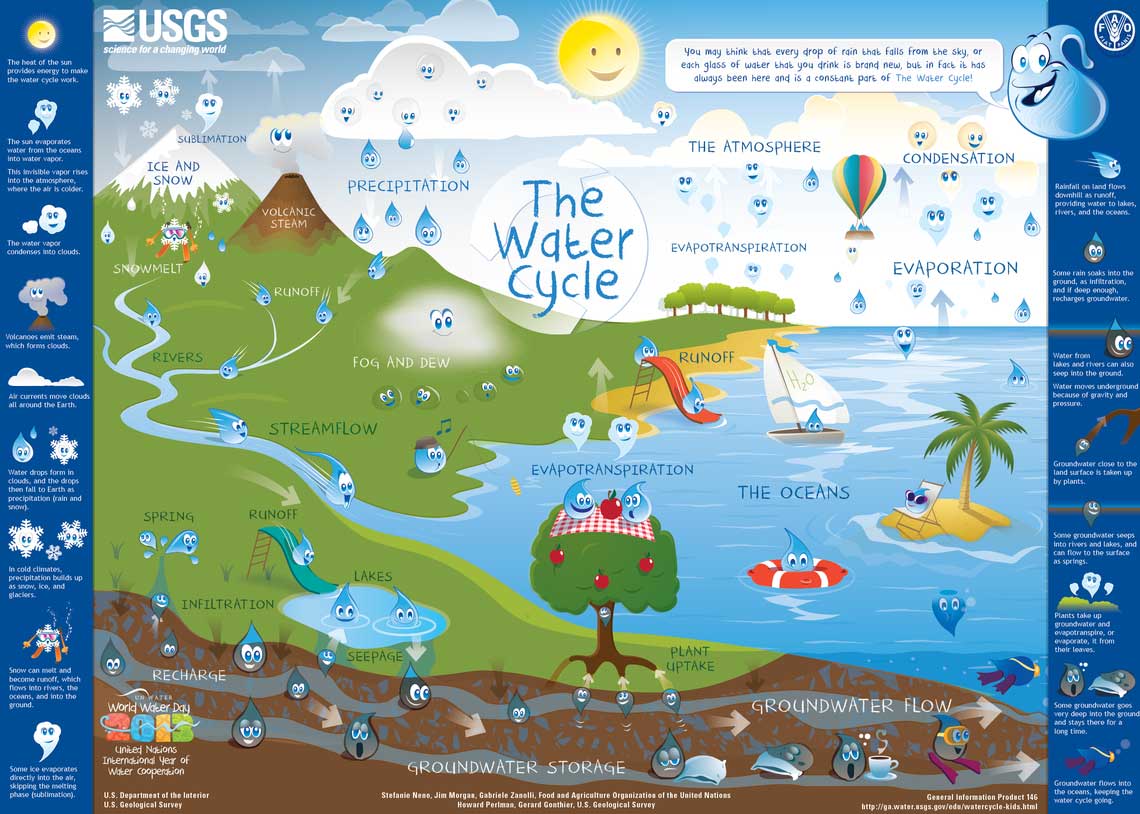Biology in Your Own Back Yard!
With the world in its current pandemic, spending time at home has become more prevalent than ever. Make your water garden more than just a stay-cation spot, let it become a world for education as well.
Getting Fresh Air:
Kids these days are all but trained to be inside glued to computers, tablets, phones, video games or television screens. While I’ll admit they can pick up a lot of knowledge watching videos, nothing replaces the value of a hands-on experience. Not to mention the health benefits of being outdoors.
Electronics in your home give off electromagnetic waves that literally attract dust particles and allergens, making you feel sluggish and sometimes under the weather. The splashing of your waterfall or fountain does just the opposite. Air around your water feature is actually cleaned by negative ions that attract particles out of the air and drop them to the ground, which promotes better moods and more energy.
Pond Inhabitants:
While playing around the pond, you can point out all the creatures of the animal kingdom who enjoy the water. Besides fish, there are birds, amphibians, crustaceans, insects, plants, and don’t forget the humans.
Older kids may enjoy looking at a sample of pond water or algae through a microscope to discover microbes and cells.
How it All Works Together:
The community of all these interacting organisms and their physical environment makes up an ecosystem. Keeping the ecosystem of your backyard pond in balance is how you achieve crystal clear water.

Achieving a good balance requires an understanding of the nitrogen cycle which happens within the pond water:
- Fish eat plants and create waste.
- Waste, which is primarily ammonia, is broken down by beneficial bacteria and enzymes.
- Ammonia turns into nitrites and then nitrates.
- Nitrates feed pond plants, which helps keeps water clear.
- And then, the fish eat the plants
Use a water test kit to learn about pH.
So Much More to Learn:
- The water cycle which discusses evaporation.
- Microbes in the soil outside the pond.
- The food chain amongst pond critters.
- Plant structure and types.
- Identifying bird types.
- Catch & identify differences between frogs and toads. (pond nets)
With so many kids learning from home these days, why not show them how what they are learning is incorporated into the world around them. Maybe they will see that a little yard work can actually be fun!


